1.
Introduction
Fractional calculus is like an extended version of regular calculus that allows us to deal with numbers that are not whole, like 1.5 or 2.3. This might not sound like a big deal, but it is incredibly useful in many fields. When we want to understand how things change or accumulate over time, fractional calculus helps us do that more accurately, especially when things are complicated and do not follow normal rules. These fractional calculations come in handy when we are dealing with stuff like how liquids flow, how materials deform, or how we control things like robots or machines. Inequalities, in the context of fractional calculus, are like special rules that help us understand when things are bigger or smaller than each other, but with these non-whole numbers involved. These rules are important because they help us figure out if systems with fractional calculus are stable and work the way they should. Thus, in a nutshell, fractional calculus and inequalities help us make sense of the world in a more precise and practical way. Thus, the term convexity and inequalities in the frame of fractional calculus have been recommended as an engrossing area for researchers due to their vital role and fruitful importance in numerous branches of science. Integral inequalities have remarkable uses in probability, optimization theory, information technology, stochastic processes, statistics, integral operator theory and numerical integration. For the applications, see references [1,2,3,4,5,6,7,8].
In [9], a comprehensive and up-to-date review on Hermite-Hadamard-type inequalities for different kinds of convexities and different kinds of fractional integral operators is presented. In this review paper, we aim to discuss and present the up-to-date review of the Grüss type inequality via different fractional integral operators.
In [10] (see also [11]), the Grüss inequality is defined as the integral inequality that establishes a connection between the integral of the product of two functions and the product of the integrals. The inequality is as follows.
Theorem 1.1. If Ω,Π:[x1,x2]→R are two continuous functions satisfying m≤Ω(t)≤M and p≤Π(t)≤P, t∈[x1,x2], m,M,p,P∈R, then
Our objective in this paper is to present a comprehensive and up-to-date review on Grüss-type inequalities for different kinds of fractional integral operators. In each section and subsection, we first introduce the basic definitions of fractional integral operators and then include the results on Grüss-type inequalities. We believe that the collection of almost all existing in the literature Grüss-type inequalities in one file will help new researchers in the field learn about the available work on the topic before developing new results. We present the results without proof but instead provide a complete reference for the details of each result elaborated in this survey for the convenience of the reader.
The remainder of this review paper is as follows. In Sections 2–15, we summarize Grüss-type integral inequalities and especially for Riemann-Liouville fractional integral operators in Section 2, for Riemann-Liouville fractional integrals of a function with respect to another function in Section 3, in Section 4 for Katugampola fractional integral operators, in Section 5 for Hadamard's fractional integral operators, in Section 6 for k-fractional integral operators, in Section 7 for Raina's fractional integral operators, in Section 8 for tempered fractional integral operators, in Section 9 for conformable fractional integrals operators, in Section 10 for proportional fractional integrals operators, in Section 11 for generalized Riemann-Liouville fractional integral operators, in Section 12 for Caputo-Fabrizio fractional integrals operators, for Saigo fractional integral operators in Section 13, in Section 14 for quantum integral operators and in Section 15 for Hilfer fractional differential operators.
Throughout this survey the following assumptions are used:
(H) Assume that Ω,Π:I→R are integrable functions on I for which there exist constants m,M,p,P∈R, such that
(H1) There exist two integrable functions Q1,Q2:[0,∞)→R such that
(H2) There exist two integrable functions R1,R2:[0,∞)→R such that
2.
Grüss-type integral inequalities via Riemann-Liouville fractional integral
In this subsection we give generalizations for Grüss-type inequalities by using the Riemann-Liouville fractional integrals. The first result deals with some inequalities using one fractional parameter.
Definition 2.1. [12] A real valued function Ω(t),t≥0 is said to be in
(ⅰ) the space Cμ,μ∈R if there exists a real number p>μ such that Ω(t)=tpΩ1(t), where Ω1(t)∈C([0,∞),R),
(ⅰ) the space Cnμ,μ∈R if Ω(n)∈Cμ.
Definition 2.2. [12] The Riemann-Liouville integral operator of fractional order α≥0, for an integrable function Ω is defined by
and J0Ω(t)=Ω(t).
Theorem 2.1. [12] Assume that (H) holds on [0,∞). Then for all t>0 and α>0 we have:
In the next result two real positive parameters are used.
Theorem 2.2. [12] Assume that (H) holds on [0,∞). Then for all t>0 and α>0,β>0 we have:
Next, we present some fractional integral inequalities of Grüss type by using the Riemann-Liouville fractional integral. The constants appeared as bounds of the functions Ω and Π, are replaced by four integrable functions.
Theorem 2.3. [13] Assume that Ω:[0,∞)→R is an integrable function satisfying (H1). Then, for t>0, α,β>0, we have:
Theorem 2.4. [13] Suppose that Ω,Π:[0,∞)→R are two integrable functions satisfying (H1) and (H2). Then, for t>0, α, β>0, the fractional integral inequalities hold:
Theorem 2.5. [13] Assume that Ω,Π:[0,∞)→R are two integrable functions satisfying (H1) and (H2). Then for all t>0, α>0, we have:
where T(y,z,w) is defined by
In the next theorem we give an Ostrowski-Grüss type inequality of fractional type via Riemann-Liouville fractional integral.
Theorem 2.6. [14] Let Ω:[x1,x2]→R be a differentiable mapping on (x1,x2) and |Ω′(x)|≤M for all x∈[x1,x2]. Then
where x1≤x<x2.
3.
Grüss-type integral inequalities for Riemann-Liouville fractional integrals of a function with respect to another function
Definition 3.1. [15] Let ψ:[0,∞)→R be positive, increasing function and also its derivative ψ′ be continuous on [0,∞) and ψ(0)=0. The fractional integral of Riemann-Liouville type of an integrable function Ω with respect to another function ψ is defined as
In the next we include Grüss type integral inequalities with the help of ψ-Riemann-Liouville fractional integral.
Theorem 3.1. [16] Assume that ψ:[0,∞)→R is a positive, increasing function and also its derivative ψ′ is continuous on [0,∞) and ψ(0)=0. Assume that Ω:[0,∞)→R is an integrable function satisfying (H1). Then the following inequality holds:
Theorem 3.2. [16] Let ψ be as in Theorem 3.1 and Ω,Π be two integrable functions satisfying (H1) and (H2). Then we have:
(a) Iβ,ψR1(t)Iα,ψΩ(t)+Iα,ψQ2(t)Iβ,ψΠ(t)≥Iβ,ψR1(t)Iα,ψQ2(t)+Iα,ψΩ(t)Iβ,ψΠ(t).
(b) Iβ,ψQ1(t)Iα,ψΠ(t)+Iα,ψR2(t)Iβ,ψΩ(t)≥Iβ,ψQ1(t)Iα,ψR2(t)+Iβ,ψΩ(t)Iα,ψΠ(t).
(c) Iα,ψQ2(t)Iβ,ψR2(t)+Iα,ψΩ(t)Iβ,ψΠ(t)≥Iα,ψQ2(t)Iβ,ψΠ(t)+Iβ,ψR2(t)Iα,ψΩ(t).
(d) Iα,ψQ1(t)Iβ,ψR1(t)+Iα,ψΩ(t)Iβ,ψΠ(t)≥Iα,ψQ1(t)Iβ,ψΠ(t)+Iβ,ψR1(t)Iα,ψΩ(t).
Theorem 3.3. [16] Let ψ be as in Theorem 3.1 and Ω,Π be two integrable functions satisfying (H1) and (H2). Then the following inequality holds:
where
4.
Grüss-type fractional inequalities for Katugampola fractional integral operator
Now we define the space Xpc(x1,x2) in which Katugampola's fractional integrals are defined.
Definition 4.1. [17] The space Xpc(x1,x2)(c∈R,1≤p<∞) consists of those complex-valued Lebesgue measurable functions ϕ on (x1,x2) for which ‖ϕ‖Xpc<∞, with
and
Definition 4.2. [17] Let ϕ∈Xpc(x1,x2), α>0 and β,ρ,η,κ∈R. Then, the left- and right- sided fractional integrals of a function ϕ are defined respectively by
and
if the integrals exist.
Now, we present several Grüss-type inequalities involving Katugampola's fractional integral.
Theorem 4.1. [17] Assume that (H) holds on [0,∞). Then we have:
for all β,κ∈R, x>0, α>0, ρ>0 and η≥0, where
Theorem 4.2. [17] Assume that (H) holds on [0,∞). Then for all β,κ∈R, x>0, α>0, γ>0 and η≥0, we have:
Theorem 4.3. [17] Let α>0, β,ρ,η,κ∈R, Ω,Π∈Xpc(0,x) x>0 and p,q>1 such that 1p+1q=1. Then we have:
Theorem 4.4. [17]\ Assume that the assumptions of Theorem 4.3 are satisfied. In addition, let
Then we have:
Theorem 4.5. [18] Assume that Ω:[0,∞)→R is an integrable function satisfying (H1). Then we have:
for all t>0,α,ρ,δ>0, β,η,k,λ∈R.
Theorem 4.6. [18] Suppose that Ω,Π:[0,∞)→R are two integrable functions satisfying (H1) and (H2). Then for all t>0 and α,ρ>0, β,η,k∈R we have:
where
Theorem 4.7. [18] Suppose that Ω,Π:[0,∞)→R are two integrable functions satisfying (H1) and (H2). Then for all t>0 and α,δ,ρ>0, β,λ,η,k∈R we have:
(a) ρJδ,λη,kΩ(t)ρJα,βη,kQ2(t)+ρJδ,λη,kR1(t)ρJα,βη,kΠ(t)≥ρJδ,λη,kR1(t)ρJα,βη,kQ2(t)+ρJδ,λη,kΩ(t)ρJα,βη,kΠ(t).
(b) ρJδ,λη,kQ1(t)ρJα,βη,kΩ(t)+ρJα,βη,kR2(t)ρJδ,λη,kΠ(t)≥ρJδ,λη,kQ1(t)ρJα,βη,kR2(t)+ρJδ,λη,kΠ(t)ρJα,βη,kΩ(t).
(c) ρJα,βη,kQ2(t)ρJδ,λη,kR2(t)+ρJα,βη,kΠ(t)ρJδ,λη,kΩ(t)≥ρJα,βη,kQ2(t)ρJδ,λη,kΩ(t)+ρJδ,λη,kR2(t)ρJα,βη,kΠ(t).
(d) ρJα,βη,kQ1(t)ρJδ,λη,kR1(t)+ρJα,βη,kΠ(t)ρJδ,λη,kΩ(t)≥ρJα,βη,kQ1(t)ρJδ,λη,kΩ(t)+ρJδ,λη,kR1(t)ρJα,βη,kΠ(t).
5.
Grüss-type fractional integral inequalities via Hadamard's fractional integral operator
Definition 5.1. [15] The fractional integral of Hadamard type of order α∈R+ of an integrable function Ω(t), for all t>1 is defined as
provided the integral exists. (Here log(⋅)=loge(⋅)).
We present, by using Hadamard's fractional integral, some Grüss-type fractional integral inequalities.
Theorem 5.1. [19] Assume that Ω:[1,∞)→R is an integrable function satisfying (H1). Then, for t>1, α,β>0, we have
Theorem 5.2. [19] Assume that Ω:[1,∞)→R is an integrable function satisfying (H1). Let θ1,θ2>0 satisfying 1/θ1+1/θ2=1. Then, for t>1, α,β>0, we have
Theorem 5.3. [19] Assume that Ω:[1,∞)→R is an integrable function satisfying (H1). Let θ1,θ2>0 satisfying θ1+θ2=1. Then, for t>1, α,β>0, we have
Theorem 5.4. [19] Assume that Ω:[1,∞)→R is an integrable function satisfying (H1). Let p≥q≥0, p≠0. Then, we have the following two inequalities, for any k>0, t>1, α, β>0,
Theorem 5.5. [19] Suppose that Ω,Π:[1,∞)→R are two integrable functions satisfying (H1) and (H2). Then, for t>0, α, β>0, we have:
(a) HJβR1(t)HJαΩ(t)+HJαQ2(t)HJβΠ(t)≥HJβR1(t)HJαQ2(t)+HJαΩ(t)HJβΠ(t).
(b) HJβQ1(t)HJαΠ(t)+HJαR2(t)HJβΩ(t)≥HJβQ1(t)HJαR2(t)+HJβΩ(t)HJαΠ(t).
(c) HJβR2(t)HJαQ2(t)+HJαΩ(t)HJβΠ(t)≥HJαQ2(t)HJβΠ(t)+HJβR2(t)HJαΩ(t).
(d) HJαQ1(t)HJβR1(t)+HJαΩ(t)HJβΠ(t)≥HJαQ1(t)HJβΠ(t)+HJβR1(t)HJαΩ(t).
Theorem 5.6. [19] Suppose that Ω,Π:[1,∞)→R are two integrable functions satisfying (H1) and (H2). Let θ1,θ2>0 such that 1/θ1+1/θ2=1. Then, for t>1, α, β>0, the following inequalities hold:
(ⅰ) 1θ1(logt)βΓ(β+1)HJα(Q2−Ω)θ1(t)+1θ2(logt)αΓ(α+1)HJβ(R2−Π)θ2(t) ≥HJα(Q2−Ω)(t)HJβ(R2−Π)(t).
(ⅱ) 1θ1HJα(Q2−Ω)θ1(t)HJβ(R2−Π)θ1(t)+1θ2HJα(R2−Π)θ2(t)HJβ(Q2−Ω)θ2(t) ≥HJα(Q2−Ω)(R2−Π)(t)HJβ(Q2−Ω)(R2−Π)(t).
(ⅲ) 1θ1(logt)βΓ(β+1)HJα(Ω−Q1)θ1(t)+1θ2(logt)αΓ(α+1)HJβ(Π−R1)θ2(t) ≥HJα(Ω−Q1)(t)HJβ(Π−R1)(t).
(ⅳ) 1θ1HJα(Ω−Q1)θ1(t)HJβ(Π−R1)θ1(t)+1θ2HJα(Π−R1)θ2(t)HJβ(Ω−Q1)θ2(t) ≥HJα(Ω−Q1)(Π−R1)(t)HJβ(Ω−Q1)(Π−R1)(t).
Theorem 5.7. [19] Suppose that Ω,Π:[1,∞)→R are two integrable functions satisfying (H1) and (H2). Let θ1,θ2>0 such that θ1+θ2=1. Then, for t>1, α, β>0, we have:
(a) θ1(logt)βΓ(β+1)HJαQ2(t)+θ2(logt)αΓ(α+1)HJβR2(t) ≥HJα(Q2−Ω)θ1(t)HJβ(R2−Π)θ2(t)+θ1(logt)βΓ(β+1)HJαΩ(t)+θ2(logt)αΓ(α+1)HJβΠ(t).
(b) θ1HJαQ2(t)HJβR2(t)+θ1HJαΩ(t)HJβΠ(t) +θ2HJαR2(t)HJβQ2(t)+θ2HJαΠ(t)HJβΩ(t) ≥HJα(Q2−Ω)θ1(R2−Π)θ2(t)HJβ(R2−Π)θ1(Q2−Ω)θ2(t) +θ1HJαQ2(t)HJβΠ(t)+θ1HJαΩ(t)HJβR2(t) +θ2HJαR2(t)HJβΩ(t)+θ2HJαΠ(t)HJβQ2(t).
(c) θ1(logt)βΓ(β+1)HJαΩ(t)+θ2(logt)αΓ(α+1)HJβΠ(t) ≥HJα(Ω−Q1)θ1(t)HJβ(Π−R1)θ2(t)+θ1(logt)βΓ(β+1)HJαQ1(t)+θ2(logt)αΓ(α+1)HJβR1(t).
(d) θ1HJαΩ(t)HJβΠ(t)+θ1HJαQ1(t)HJβR1(t) +θ2HJαΠ(t)HJβΩ(t)+θ2HJαR1(t)HJβQ1(t) ≥HJα(Ω−Q1)θ1(Π−R1)θ2(t)HJβ(Π−R1)θ1(Ω−Q1)θ2(t) +θ1HJαΩ(t)HJβR1(t)+θ1HJαQ1(t)HJβΠ(t) +θ2HJαΠ(t)HJβQ1(t)+θ2HJαR1(t)HJβΩ(t).
Theorem 5.8. [19] Suppose that Ω,Π:[1,∞)→R are two integrable functions satisfying (H1) and (H2). Then for all t>1, α>0, we have
where T(y,z,w) is defined by
6.
Grüss-type fractional integral inequalities via k-fractional integral operators
In this section we present Grüss-type fractional integral inequalities concerning k-fractional integral operators.
6.1. k-fractional integral
k-fractional integral inequalities of Grüss-type are included in this section.
Definition 6.1. [20] The k-fractional integral of the Riemann-Liouville type is defined as follows:
Theorem 6.1. [21] Assume that Ω:[0,∞) is an integrable function satisfying (H1). Then, for t>0, α,β>0, k>0, we have
Theorem 6.2. [21] Assume that Ω:[0,∞) is an integrable function satisfying (H1). Let θ1,θ2>0 such that 1/θ1+1/θ2=1. Then, we have for t>0, α,β>0 and k>0,
Theorem 6.3. [21] Assume that Ω:[0,∞) is an integrable function satisfying (H1). Let θ1,θ2>0 such that θ1+θ2=1. Then, for t>0, α,β>0 and k>0, we have
Theorem 6.4. [21] Assume that Ω,Π:[0,∞)→R are two integrable functions satisfying (H1) and (H2). Then, for t>0, α, β>0, k>0 we have:
(ⅰ) kJβR1(t) kJαΩ(t)+ kJαQ2(t) kJβΠ(t)≥ kJβR1(t) kJαQ2(t)+ kJαΩ(t) kJβΠ(t).
(ⅱ) kJβQ1(t) kJαΠ(t)+ kJαR2(t) kJβΩ(t)≥ kJβQ1(t) kJαR2(t)+ kJβΩ(t) kJαΠ(t).
(ⅲ) kJαQ2(t) kJβR2(t)+ kJαΩ(t) kJβΠ(t)≥ kJαQ2(t) kJβΠ(t)+ kJβR2(t) kJαΩ(t).
(ⅳ) kJαQ1(t)JβR1(t)+ kJαΩ(t) kJβΠ(t)≥ kJαQ1(t) kJβΠ(t)+ kJβR1(t) kJαΩ(t).
Theorem 6.5. [21] Assume that Ω,Π:[0,∞)→R are two integrable functions satisfying (H1) and (H2). Then for all t>0, α>0, k>0, we have
where
Theorem 6.6. [22] Assume that (H) holds on [x1,x2] and p be a positive function on [x1,x2]. Then for all t>0, k>0,α>0, we have
Theorem 6.7. [22] Let the assumptions of Theorem 6.6 be satisfied. Then, for all t>0, k>0,α,β>0, t he following inequality holds:
6.2. k-fractional integrals of a function with respect to another function
Definition 6.2. [23] Let ψ be a positive and increasing function on [x1,x2]. Then the left-sided and right-sided generalized Riemann–Liouville fractional integrals of a function Ω with respect to another function ψ of order α>0 are defined by
Theorem 6.8. [23] Assume that Ω:[0,∞)→R is an integrable function satisfying (H1). Then, for t>0, α,β>0, k>0, we have:
Theorem 6.9. [23] Suppose that Ω,Π:[0,∞)→R are two integrable functions satisfying (H1) and (H2). Assume that ψ is a positive and increasing function with ψ(0)=0 and ψ′ continuous on [0,∞). Then, for t>0, α, β>0, k>0 we have:
(ⅰ) Jβ,ψ0+,kR1(t) Jα,ψ0+,kΩ(t)+ Jα,ψ0+,kQ2(t) Jβ,ψ0+,kΠ(t)≥ Jβ,ψ0+,kR2(t) Jα,ψ0+,kQ2(t)+ Jα,ψ0+,kΩ(t) Jβ,ψ0+,kΠ(t).
(ⅱ) Jβ,ψ0+,kQ1(t) Jα,ψ0+,kΠ(t)+ Jα,ψ0+,kR2(t) Jβ,ψ0+,kΩ(t)≥ Jβ,ψ0+,kQ1(t) Jα,ψ0+,kR2(t)+ Jβ,ψ0+,kΩ(t) Jα,ψ0+,kΠ(t).
(ⅲ) Jα,ψ0+,kQ2(t) kJβ,ψ0+,kR2(t)+ Jα,ψ0+,kΩ(t) Jβ,ψ0+,kΠ(t)≥ Jα,ψ0+,kQ2(t) Jβ,ψ0+,kΠ(t)+ Jβ,ψ0+,kR2(t) Jα,ψ0+,kΩ(t).
(ⅳ) Jα,ψ0+,kQ1(t)Jβ,ψ0+,kR1(t)+ Jα,ψ0+,kΩ(t) Jβ,ψ0+,kΠ(t)≥ Jα,ψ0+,kQ1(t) Jβ,ψ0+,kΠ(t)+ Jβ,ψ0+,kR1(t) Jα,ψ0+,kΩ(t).
Theorem 6.10. [23] Suppose that Ω,Π:[0,∞)→R are two integrable functions satisfying (H1) and (H2). Assume that ψ is a positive and increasing function on [0,∞) such that ψ(0)=0 and ψ′ is continuous on [0,∞). Then for all t>0, α>0, k>0, we have
where
7.
Grüss-type integral inequalities via Raina's fractional integral operators
Definition 7.1. [24] The function Ω is said to be Lp,r[x1,x2] if
Definition 7.2. [24] The Γk (generalized gamma function) is defined by
Definition 7.3. [24] The function Fσ,kρ,λ is defined by
where R∈R+ and σ=(σ(1),…,σ(m),…) is a bounded sequence of positive real numbers.
Definition 7.4. [24] Let k>0, λ>0, ρ>0 and ω∈R. Assume that ψ:[x1,x2]→R is an increasing function for which ψ′ is continuous on (x1,x2). Then the left and right generalized k-fractional integrals of the function Ω with respect to ψ on [x1,x2] are defined by
and
respectively.
Theorem 7.1. [24] Let ρ,λ,δ>0, ω∈R, Ω∈L1,r[x1,x2], and (H1) holds. Then we have:
Theorem 7.2. [24] Under the assumptions of Theorem 7.1, we have:
Theorem 7.3. [24] Let ρ,λ,δ>0, ω∈R, Ω,Π∈L1,r[x1,x2] satifying (H1) and (H2) for all x∈[0,∞). Then we have
where Aλ and Aδ are defined as
respectively.
Theorem 7.4. [24] Under the assumptions of Theorem 7.3, we have
Now we present certain other associated fractional integral inequalities.
Theorem 7.5. [24] Let α,β>1 and a−1+β−1=1, and Ω,Π∈L1,r[x1,x2]. Then we have:
Theorem 7.6. [24] Assume that Ω,Π:[0,∞)→R are two positive and integrable functions such that
Then we have
8.
Grüss-type inequalities via tempered fractional integrals concerning another function
In this section we define a generalized left sided tempered fractional integral with respect to another function. Then we present Grüss-type integral inequalities.
Definition 8.1. [16] Suppose Ω∈L1[0,∞) and the function ψ:[0,∞)→R is positive, and increasing with continuous derivative and ψ(0)=0. Then the Lebesgue real-valued measurable function Ω defined on [0,∞) is said to be in the space Xpψ, (1≤p<∞) for which
When p=∞, then
Definition 8.2. [25] Suppose that κ,ξ∈C with ℜ(κ)>0 and ℜ(ξ)≥0. The tempered fractional left sided integral is defined by
Definition 8.3. [26] Let Ω be an integrable function in the space Xpψ(0,∞) and assume that ψ:[0,∞)→R is positive, and increasing with continuous derivative and ψ(0)=0. Then the generalized left sided tempered fractional integral of a function Ω with respect to another function ψ is defined by
where ξ>0, κ∈C with ℜ(κ)>0.
Theorem 8.1. [27] Suppose that Ω∈Xpψ(0,∞) and assume that ψ:[0,∞)→R is positive, and increasing with continuous derivative and ψ(0)=0. Moreover, we assume that (H1) holds. Then for t>0, κ,λ>0, we have
Theorem 8.2. [27] Assume that Ω,Π:[0,∞)→R are two integrable functions satisfying (H1) and (H2). In addition, we suppose that ψ:[0,∞)→R is positive, and increasing with continuous derivative and ψ(0)=0. Then, for t>0 and κ,λ>0, the following inequalities hold:
We present in the next certain other types of inequalities for tempered fractional integral.
Theorem 8.3. [27] Assume that the assumptions on Theorem 8.2 hold. If p,q>1 are such that 1p+1q=1, then, for t>0 we have:
Theorem 8.4. [27] Assume that the assumptions on Theorem 8.2 hold. If p,q>1 are such that 1p+1q=1, then, for t>0 we have:
Theorem 8.5. [27] Assume that the assumptions on Theorem 8.2 hold. Let p,q>1 be such that 1p+1q=1. Suppose that
Then, for t>0 we have:
9.
Grüss type integral inequalities for conformable fractional integrals
In this section we deal with Grüss-type integral inequalities concerning conformable fractional integrals.
9.1. Grüss type integral inequalities for generalized η-conformable fractional integrals
We now introduced the definition of the generalized mixed η-conformable fractional integral.
Definition 9.1. [28] Assume that Ω:[x1,x2]→R and α∈C, ℜ(α)>0, ρ>0, η is defined on [x1,x2]×[x1,x2]. Then the mixed left η-conformable generalized fractional integral of Ω is defined by
and the mixed right η-conformable generalized fractional integral of Ω is defined by
Theorem 9.1. [28] Assume that Ω:[0,∞) is an integrable function satisfying (H1) and t>0, α,β,ρ>0. Then, we have:
Theorem 9.2. [28] Assume that Ω,Π:[0,∞)→R are two integrable function satisfying (H1) and (H2) and t>0, α,β,ρ>0. Then we have:
(ⅰ). Jβ,ρηR1(t)Jα,ρηΩ(t)+Jα,ρηQ2(t)Jβ,ρηΠ(t)≥Jβ,ρηR1(t)Jα,ρηQ2(t)+Jα,ρηΩ(t)Jβ,ρηΠ(t).
(ⅱ). Jβ,ρηQ1(t)Jα,ρηΠ(t)+Jα,ρηR2(t)Jβ,ρηΩ(t)≥Jβ,ρηQ1(t)Jα,ρηR2(t)+Jβ,ρηΩ(t)Jα,ρηΠ(t).
(ⅲ). Jα,ρηQ2(t)Jβ,ρηR2(t)+Jα,ρηΩ(t)Jβ,ρηΠ(t)≥Jα,ρηQ2(t)Jβ,ρηΠ(t)+Jβ,ρηR2(t)Jα,ρηΩ(t).
(ⅳ). Jα,ρηQ1(t)Jβ,ρηR1(t)+Jα,ρηΩ(t)Jβ,ρηΠ(t)≥Jα,ρηQ1(t)Jβ,ρηΠ(t)+Jβ,ρηR1(t)Jα,ρηΩ(t).
Theorem 9.3. [28] Assume that Ω,Π:[0,∞)→R are two integrable function satisfying (H1) and (H2) and t>0, α,β,ρ>0. Then:
where
9.2. Grüss type integral inequalities for -fractional conformable integrals
The -fractional conformable integral operator is defined as
Definition 9.2. [29] Let be an integrable function, and The -fractional conformable integral operator is defined as
Here, we present Grüss type inequalities involving the -fractional conformable integral defined in Definition 9.2.
Theorem 9.4. [29] Assume that is an integrable function satisfying and Then we have:
Theorem 9.5. [29] Assume that are two integrable function satisfyingt and and Then we have:
(ⅰ).
(ⅱ).
(ⅲ).
(ⅳ).
Theorem 9.6. [29] Assume that are two integrable function satisfyingt and and Then we have:
where
Definition 9.3. [30] Let We define the left and right sided fractional conformable integral operators as
For the results in this section we consider
Theorem 9.7. [30] Suppose that is an integrable function satisfying Then for we have:
Theorem 9.8. [30] Assume that are two integrable functions satisfying and Then for we have:
(1)
(2)
(3)
(4)
Theorem 9.9. [30] Assume that are two integrable functions satisfying and Then for we have:
where
10.
Grüss-type integrals inequalities via generalized proportional gractional operators
Definition 10.1. [31] The proportional fractional integrals, left- and right-sided, of a function of order and are defined by
and
where
In what follows, we present Grüss-type inequality with the help of the proportional fractional integral defined above.
Theorem 10.1. [31] Assume that is an integrable function satisfying Then:
Theorem 10.2. [31] Let Suppose that are two integrable functions satisfying and Then the following inequalities hold:
(a)
(b)
(c)
(d)
Theorem 10.3. [31] Let and satisfying and be two positive integrable functions. Then we have:
Theorem 10.4. [31] Let the assumptions of Theorem 10.1 be hold. In addition, let
Then, we have:
Definition 10.2. [32] Assume that is integrable and is a strictly increasing continuous function on For we define the left- and right-sided proportional -fractional integrals, respectively, as
and
In what follows, we present Grüss-type inequality with the help of the generalized -fractional integral.
Theorem 10.5. [32] Let be positive integrable functions. satisfying with positive integrable functions and be a strictly increasing continuous function. Tthen the following inequality also holds:
where
11.
Grüss type integral inequalities for generalized Riemann-Liouville fractional integral operators
Definition 11.1. A function is said to be if
Definition 11.2. [33] Let The Riemann-Liouville generalized fractional integral of of order and is defined by
In this section, we present some Grüss type inequalities via the fractional integral defined in Definition 11.2.
Theorem 11.1. [34] Let satisfying and Then we have the following inequality:
Theorem 11.2. [34] Assume that are two integrable functions satisfying and and Then we have the following inequalities:
(ⅰ)
(ⅱ)
(ⅲ)
(ⅳ)
Theorem 11.3. [35] Under the assumptions of Theorem 11.2 we have for all and
where
Now we define -Riemann-Liouville fractional integral.
Definition 11.3. [33] Let be a continuous function. Then -Riemann-Liouville fractional integral of of order is defined by
where
Now, for the generalized -Riemann-Liouville fractional integral defined above, we give some Grüss type inequalities.
Theorem 11.4. [35] Let satisfying and Then we have the following inequality:
Theorem 11.5. [35] Assume that two integrable functions satisfying and and Then we have:
(ⅰ)
(ⅱ)
(ⅲ)
(ⅳ)
Theorem 11.6. [35] Under the assumptions of Theorem 11.5 we have for all and
where
12.
Grüss-type fractional inequalities via Caputo-Fabrizio integral operator
In this section, we present the Grüss-type fractional integral inequalities involving the Caputo-Fabrizio fractional integral.
Definition 12.1. [36] Assume that such that We define the Caputo-Fabrizio fractional integral of a function of order by
Theorem 12.1. [37] Assume that is an integrable function satisfying Then, for , , , we have:
Theorem 12.2. [37] Suppose that are two integrable functions satisfying and Then, for , , , we have the inequalities:
(a)
(b)
(c)
(d)
Theorem 12.3. [37] Assume that are two integrable functions satisfying and Then for all , , we have:
where
13.
Grüss-type fractional inequalities for Saigo fractional integral operator
In this section, Grüss-type fractional integral inequalities are presented via Saigo fractional integer operator.
Definition 13.1. [38] Assume that The Saigo fractional integral of order for a real-valued continuous function is defined by
where is the Gaussian hypergeometric function defined by
and is the Pochhammer symbol
Theorem 13.1. [39] Assume that are two integrable functions satisfying and Then for all one has
where
Theorem 13.2. [39] Suppose that are two integrable functions satisfying and Then for all we have:
We define a fractional integral associated with the Gauss hypergeometric function as follows:
Definition 13.2. [40] Let For we define a fractional integral as follows:
where is the right-hand sided Gauss hypergeometric fractional integral of order defined in Definition 13.1.
We present integral inequalities of Grüss type for the above defined hypergeometric fractional integral.
Theorem 13.3. [40] Let satisfying the condition on Then for all we have
Theorem 13.4. [40] Let and be two synchronous functions on Then the following inequality holds:
Another fractional integral operator associated with the Gauss hypergeometric function is defined as follows.
Definition 13.3. [41] Let For we define a fractional integral as follows:
where is the right-hand sided Gauss hypergeometric fractional integral of order defined by
and is the Gaussian hypergeometric function defined in Definition 13.1.
We establish two Grüss-type fractional integral inequalities involving the Gauss hypergeometric function.
Theorem 13.5. [41] Assume that are two integrable functions satisfying the condition on Then, for all and with and we have:
Theorem 13.6. [41] Suppose that are two synchronous functions (i.e ). Then, for all and with and we have:
Now we give some Grüss-type inequalities for generalized hypergeometric function fractional order integral operators. We start with the following definitions.
Definition 13.4. [42] Let and Then the Saigo and Maeda fractional integral operator of order for a real-valued continuous function is defined by
where is the Appell hypergeometric function defined by
and is the Pochhammer symbol.
Definition 13.5. [43] Assume that such that
Then we define a fractional integral operator
where is the Saigo-Maeda fractional integral of order
The main results for Grüss inequalities are given now.
Theorem 13.7. [43] Assume that is an integrable function satisfying the condition for all Then for we have:
provided
Theorem 13.8. [43] Assume that (H) holds on In addition, let Then for and we have:
Theorem 13.9. [43] Let and be two synchronous functions on and let Then for all
14.
Quantum Grüss-type integral inequalities
In this section we present Grüss-type integral inequalities via quantum calculus.
14.1. -Grüss inequality involving the Riemann-Liouville fractional -integrals
Definition 14.1. [44] The Jakson's -derivarive and -integral of a function defined on are, respectively, given by
Definition 14.2. [45] The Riemann-Liouville fractional -integral operator of a function of order is given by
where
and
Now, we present some -Grüss integral inequalities.
Theorem 14.1. [46] Assume that are two integrable functions satisfyingt and Then, for and we have:
where
14.2. Quantum Grüss-type integral inequalities on finite intervals
Definition 14.3. [47] Assume is a continuous function and let . Then the expression
is called the -derivative on of function at .
Definition 14.4. [47] Assume is a continuous function. Then the -integral on is defined by
for . Moreover, if then the definite -integral on is defined by
Theorem 14.2. [47] Assume are continuous functions on satisfying the vondition Then we have the inequality
Now, we are going to present the -Grüss-ebyev integral inequality on interval .
Theorem 14.3. [47] Let be , -Lipschitzian continuous functions on , so that
for all . Then we have:
14.3. Quantum symmetric analogue of Grüss inequality
Let and let be any interval of containing and denote by the set
Definition 14.5. [44] Let The -symmetric difference operator of is defined by
and
Definition 14.6. [44] Suppose that and For and for the -symmetric integral of is given by
where
provided that the series converges at and
Now, the concepts of -symmetric derivative and -symmetric integral are extended on finite intervals. We fix Let be an interval containing and be a constant. For a function we define the -symmetric derivative at a point as follows:
Definition 14.7. [48] Assume that is continuous and The -symmetric derivative of at is defined as
Definition 14.8. [48] Assume that is a continuous function. The -symmetric integral is defined as
Now, we present -symmetric analogue of Grüss-Chebyshev integral inequality.
Theorem 14.4. [48] Let and be -Lipschitzian continuous functions on so that
for all Then:
14.4. Grüss-type fractional integral inequalities via fractional quantum calculus
The following concepts are adapted by Ref. ([49]). We state a -shifting operator as
The -analog is stated by
The number is stated by
The -Gamma function is stated by
Here, we add some definitions regarding fractional -calculus, namely the Riemann-Liouville fractional -integral.
Definition 14.9. [49] Let and function be a continuous stated on Then is given by
Now, we present the fractional -Grüss integral inequality on the interval
Theorem 14.5. [50] Let be continuous functions satisfying For and we have the inequality
Next, we give the fractional -Grüss-Čebyšev integral inequality on the interval
Theorem 14.6. [50] Let be -, -Lipschitzian continuous functions, so that
for all and Then we have the inequality
15.
Grüss-type inequalities via fractional Hilfer derivative
In this section we give Grüss-type integral inequalities via fractional Hilfer derivative operators.
15.1. Grüss-type integral inequalities via -Hilfer fractional derivative operator
In this section we present several integral inequalities for the -Hilfer fractional derivative operator.
Definition 15.1. [51] Let Then the following
is called the Hiler -fractional derivative.
Theorem 15.1. [51] Let and be a positive function on and let denote the Hilfer -fractional derivative of order and type Suppose that:
There exist such that
for all
Then
15.2. Grüss-type inequalities via generalized -fractional Hilfer-Katugampola derivative
In this section, we present inequalities of the Grüss-type via -fractional Hilfer-Katugampola generalized derivative.
Definition 15.2. [52] Let and The generalized -fractional Hilfer-Katugampola derivatives (left-sided and right-sided) are defined as
where
Theorem 15.2. [52] Let and be positive integrable function on satisfying Then we have:
Theorem 15.3. [52] Let and be positive integrable functions on satisfying and Then we have:
Theorem 15.4. [52] Let and be positive integrable functions on satisfying and If and then we have:
Theorem 15.5. [52] Let and be positive integrable functions on Let
Then we have:
16.
Conclusions
Our objective in this paper was to present a comprehensive and up-to-date review on Grüss-type inequalities for fractional differential operators. We presented results including inequalities of the Grüss-type for different kinds of fractional integral and differential operators. Grüss-type inequalities for fractional integrals of Riemann-Liouville, Katugampola, Hadamard's, Raina's, tempered, conformable, proportional, Caputo-Fabrizio, Saigo's are included. Moreover Grüss-type inequalities concerning Hilfer fractional differential operators and quantum Grüss-type integral inequalities are also presented. We believe that the present survey will provide a platform for the researchers working on Grüss-type inequalities to learn about the available work on the topic before developing the new results. Future research regarding this review paper is fascinating. Our review paper might inspire a good number of additional studies.
Use of AI tools declaration
The authors declare they have not used Artificial Intelligence (AI) tools in the creation of this article.
Acknowledgments
The authors extend their appreciation to the Deputyship for Research & Innovation, Ministry of Education in Saudi Arabia for funding this research work through the project no. (IFKSUOR3-340-1).
Conflict of interest
The authors declare that they do not have conflict of interest regarding this manuscript.













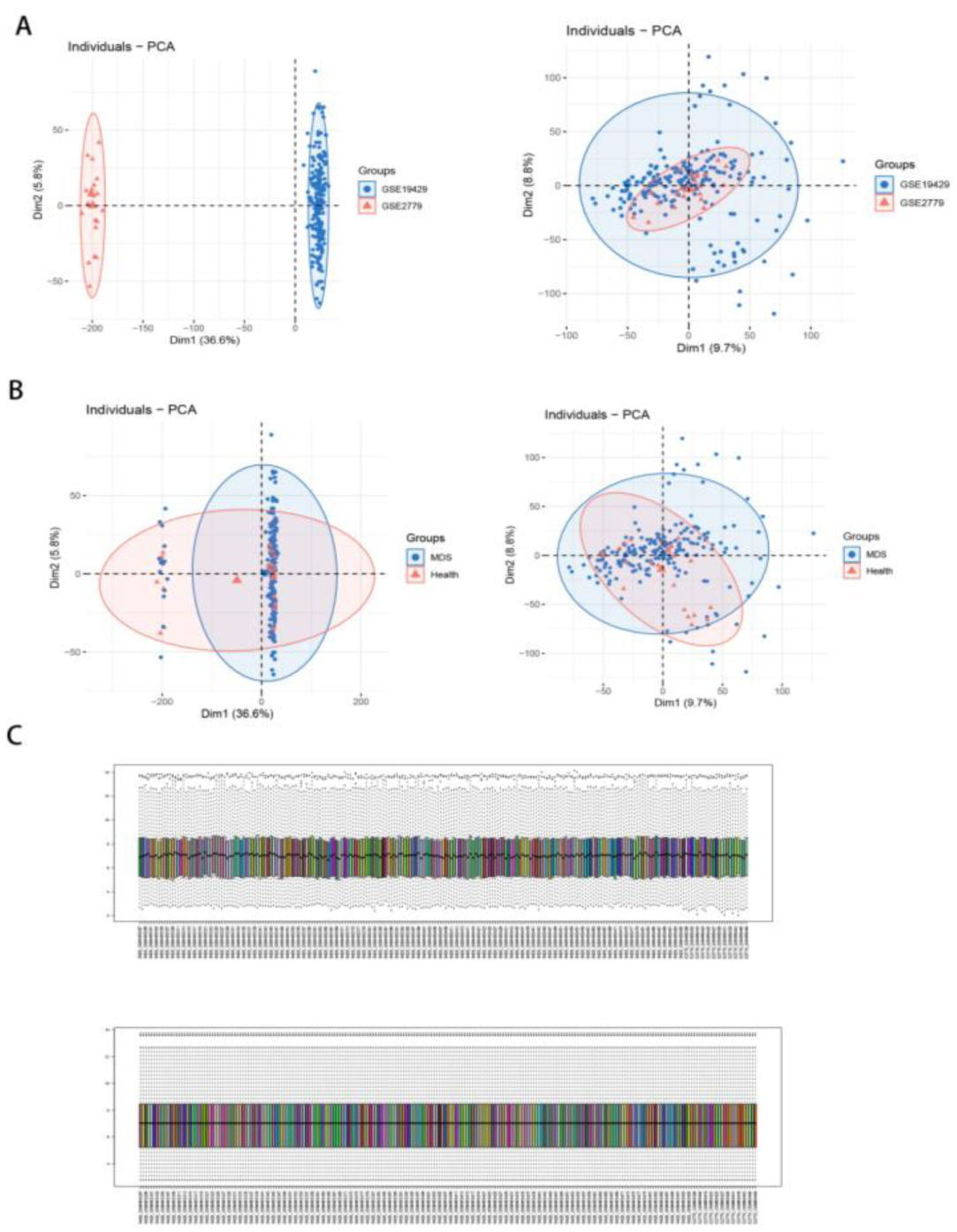
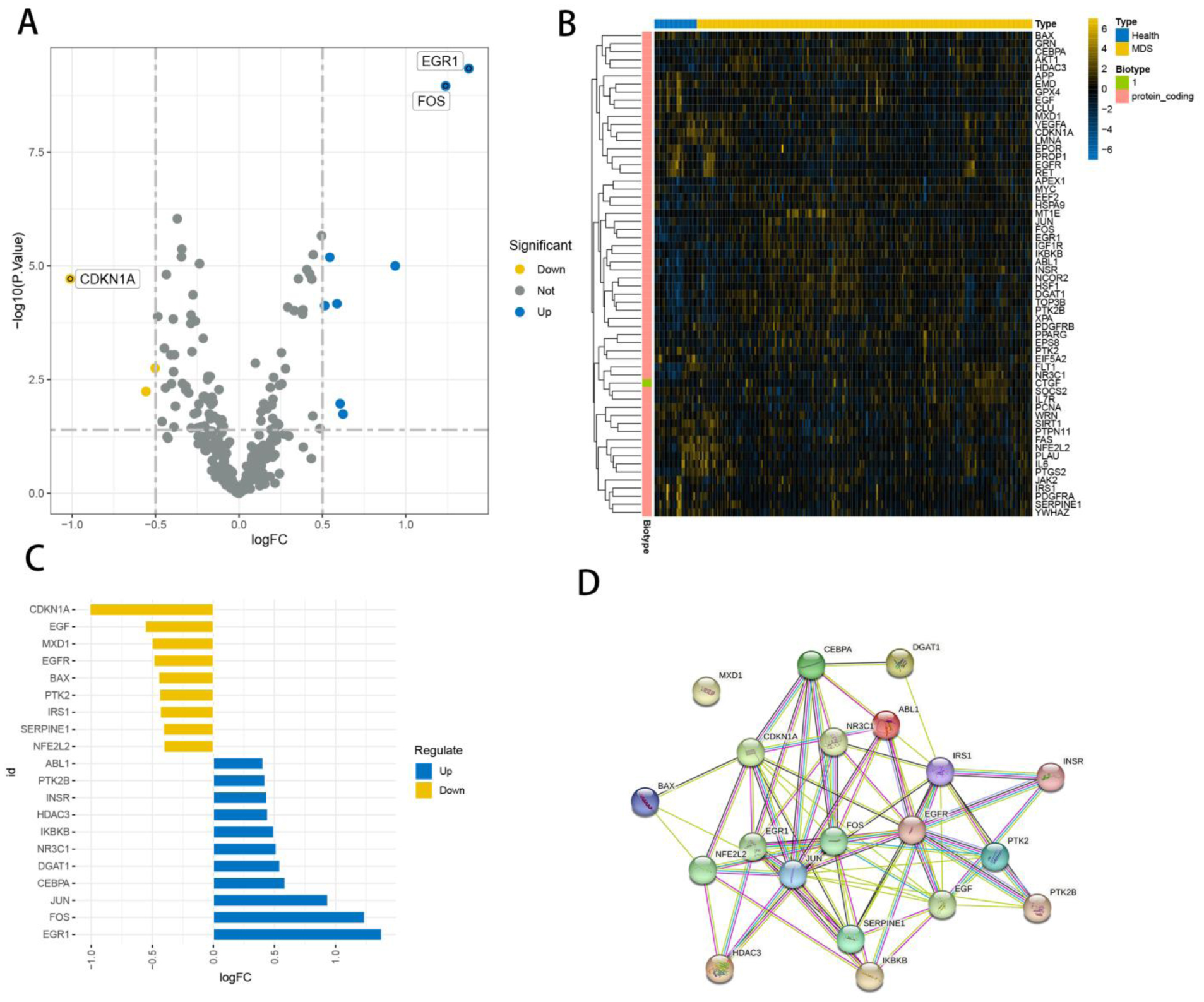
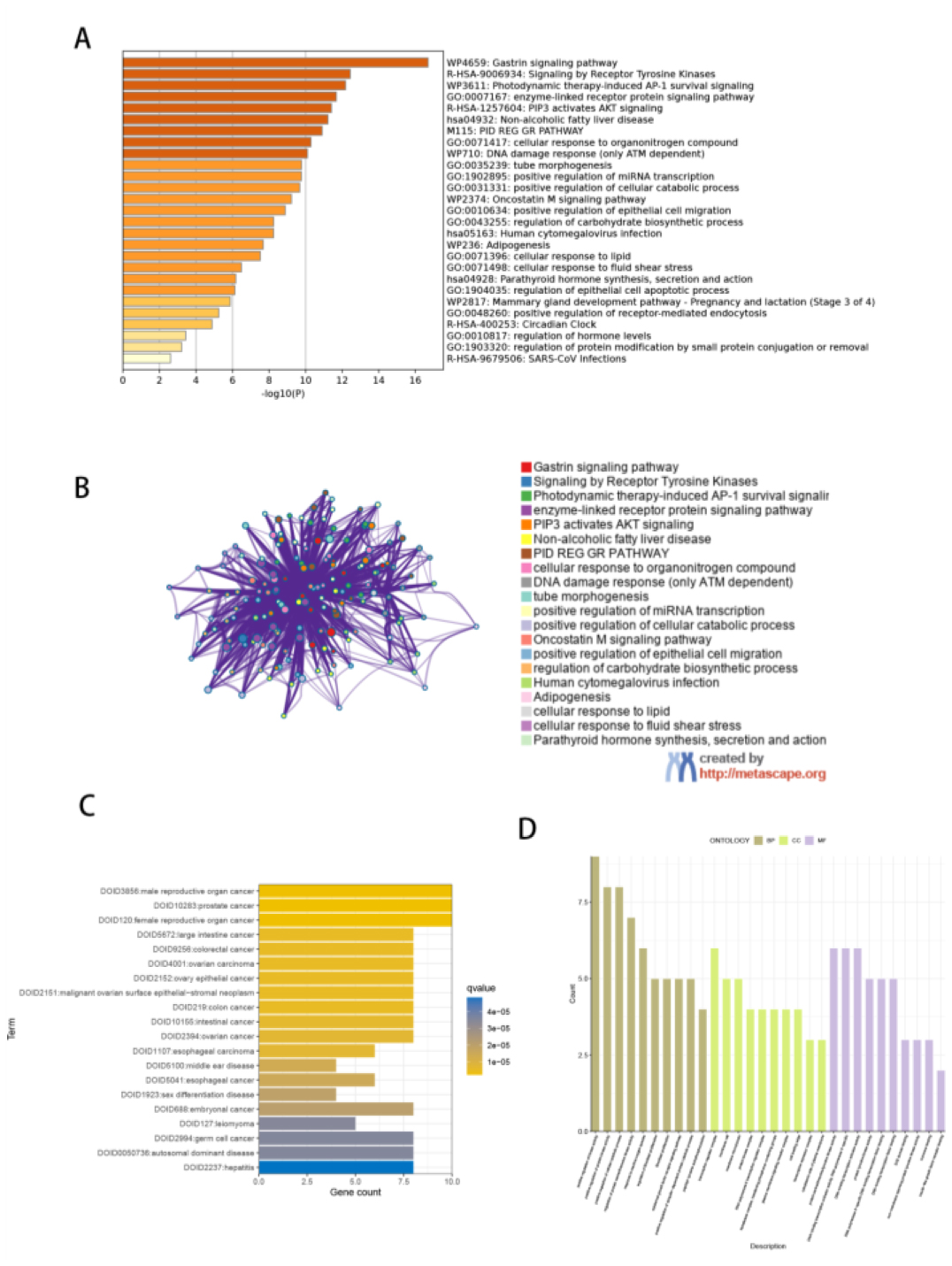
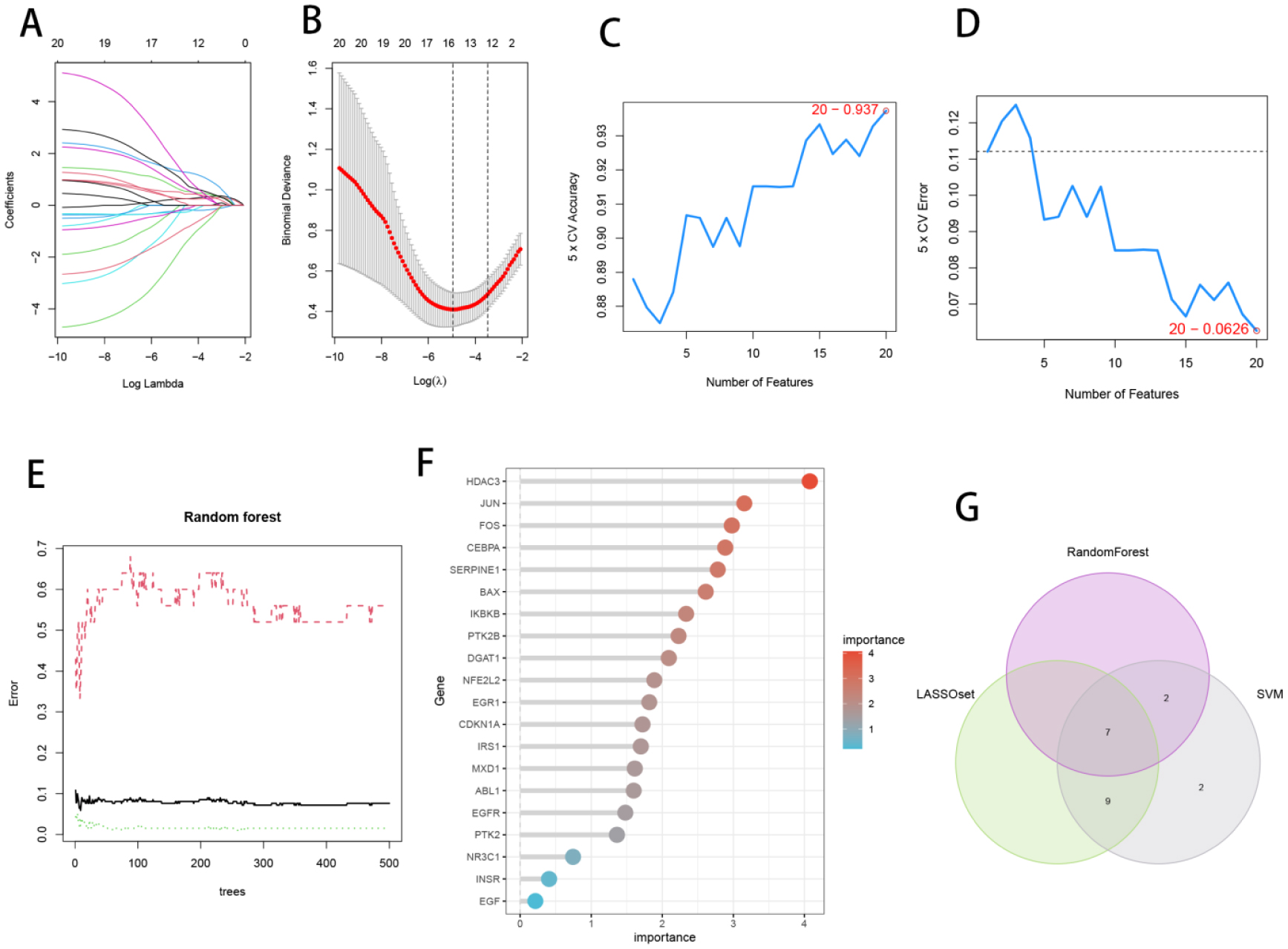
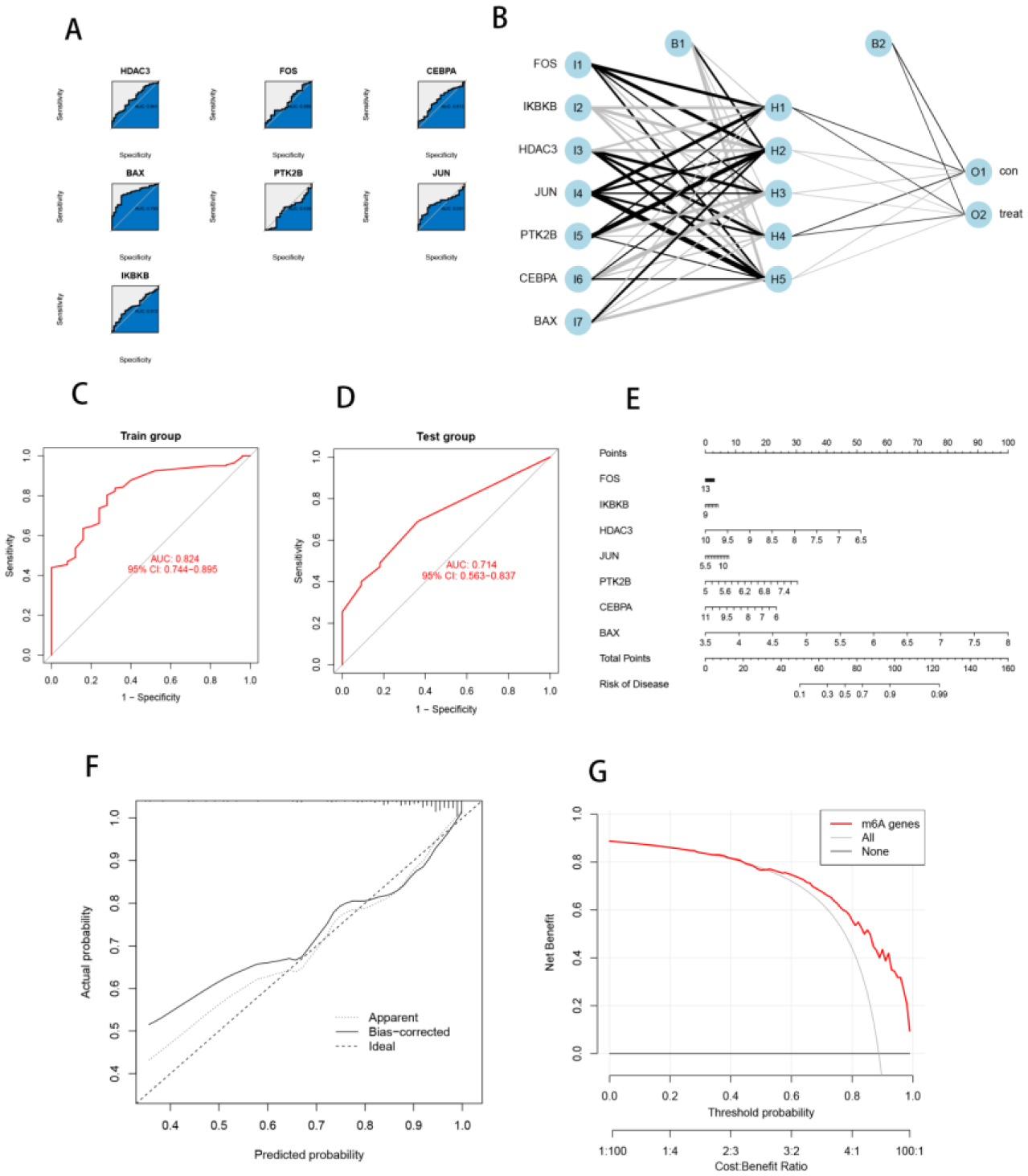
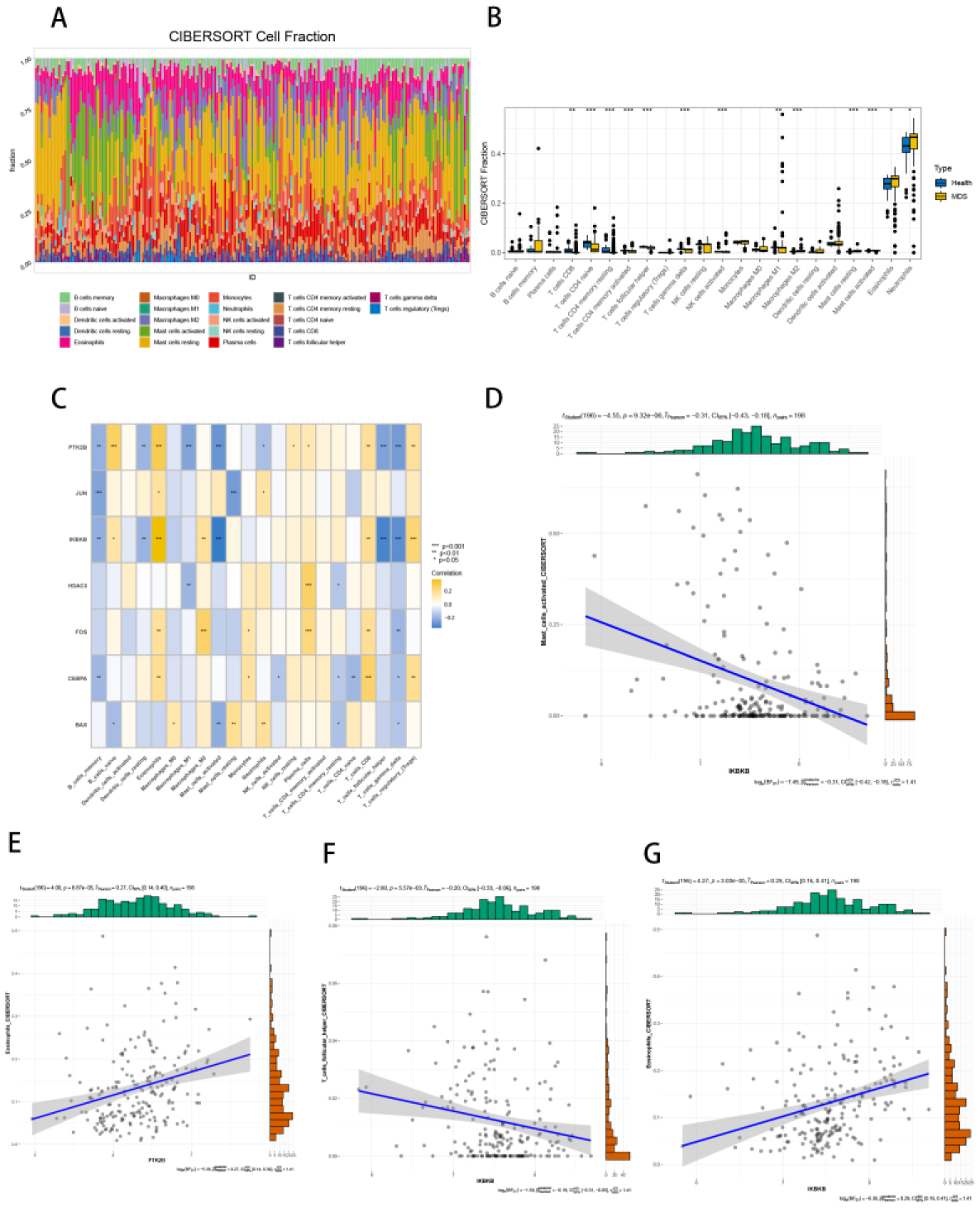
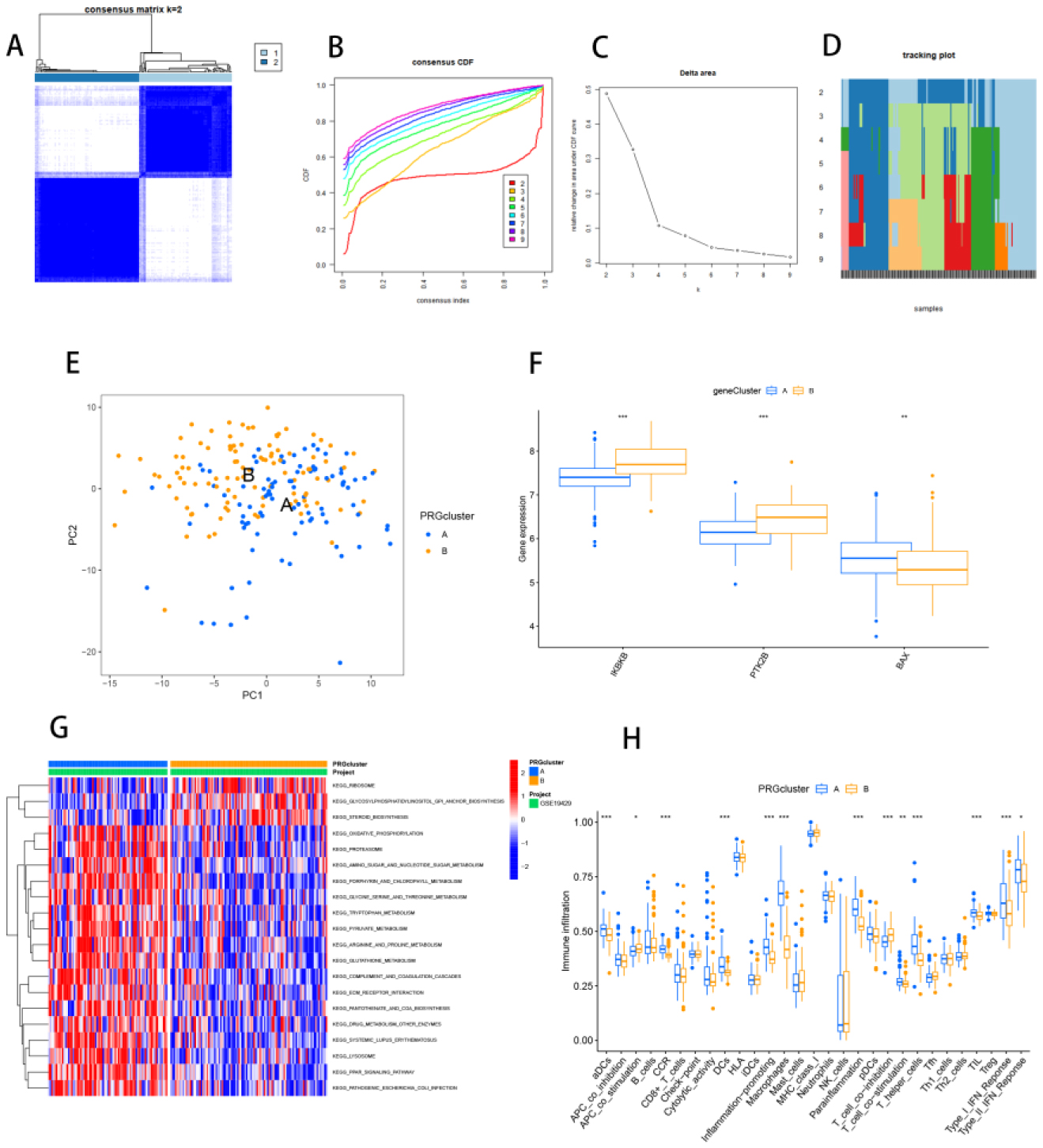
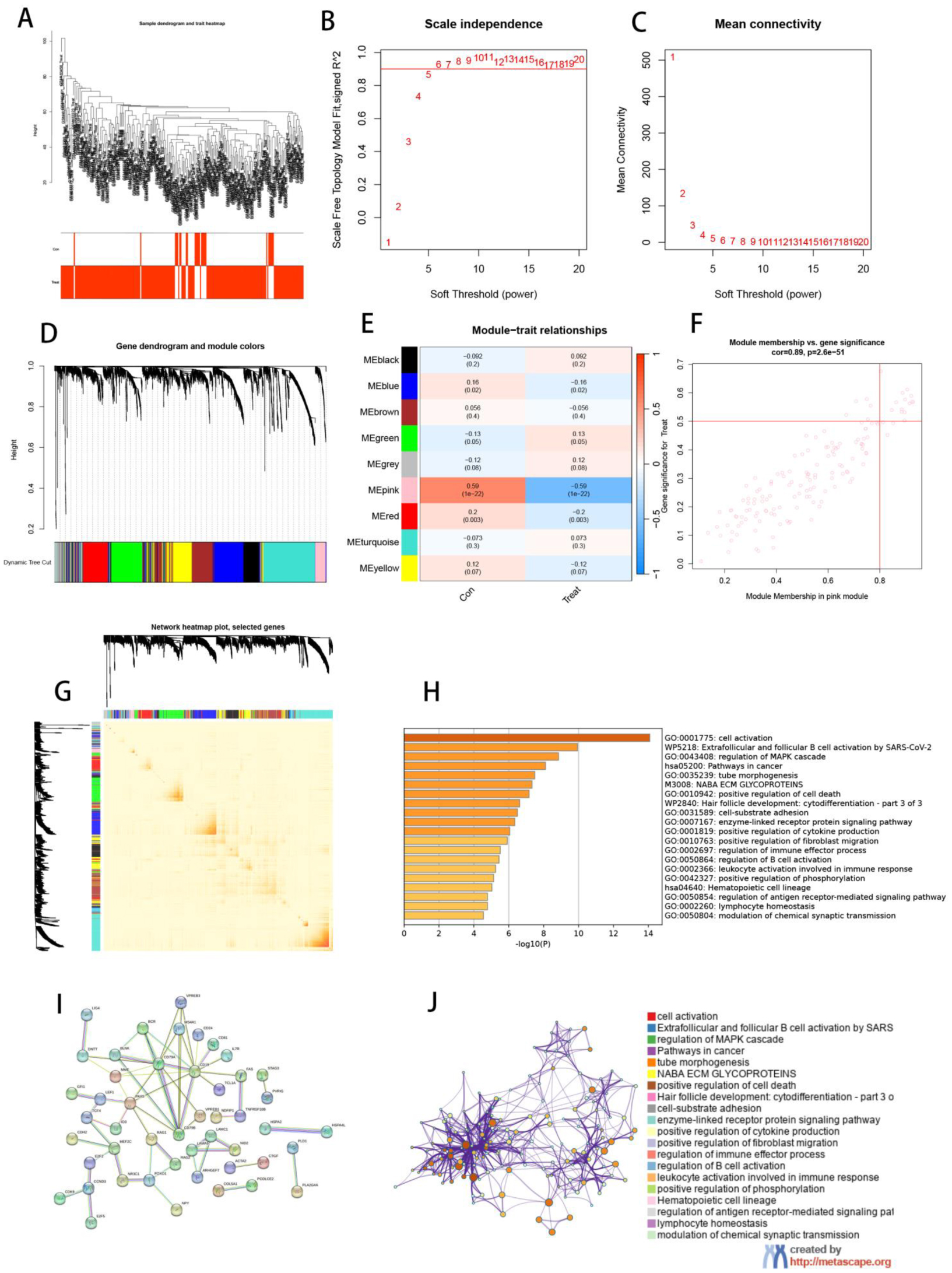
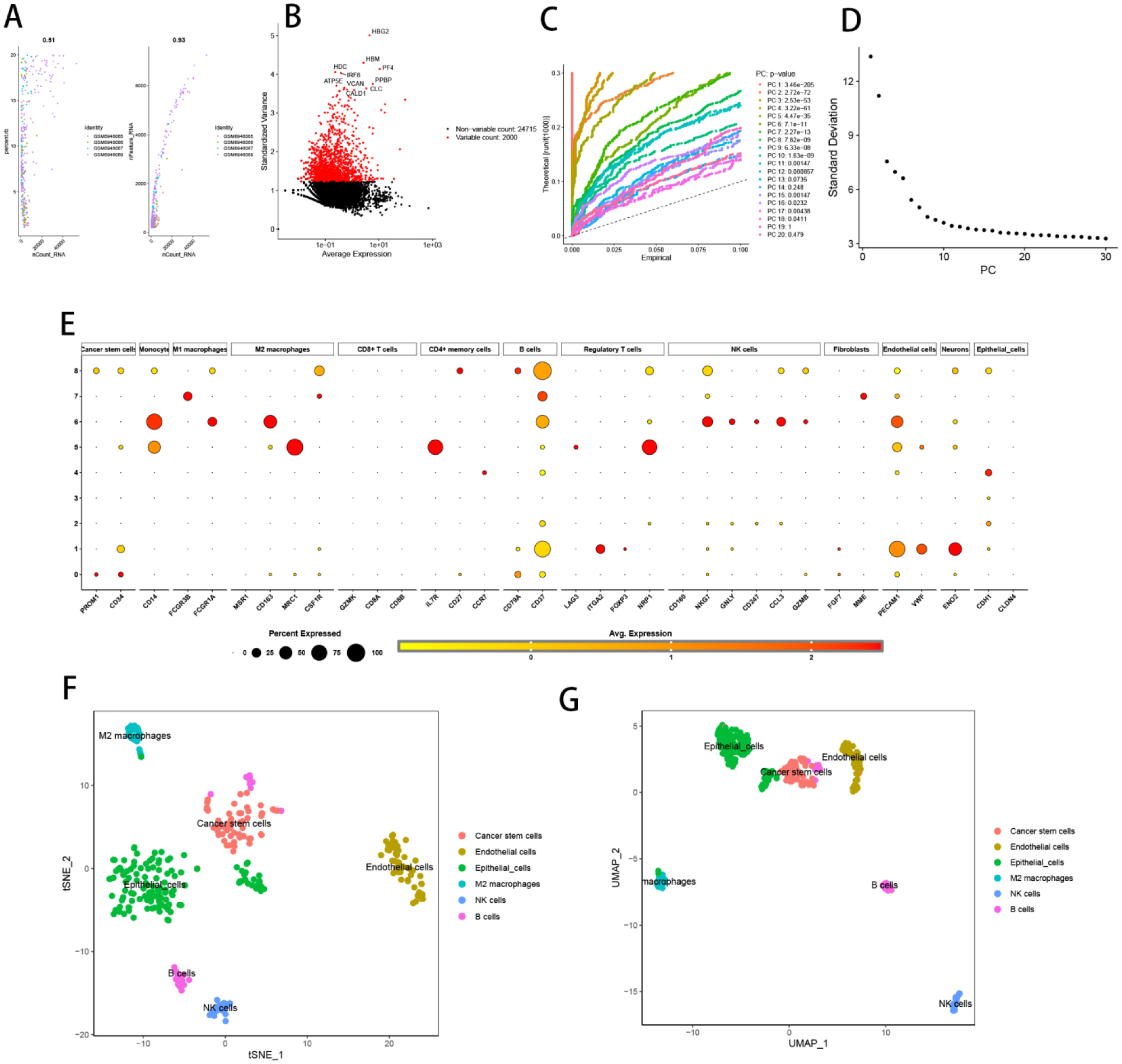
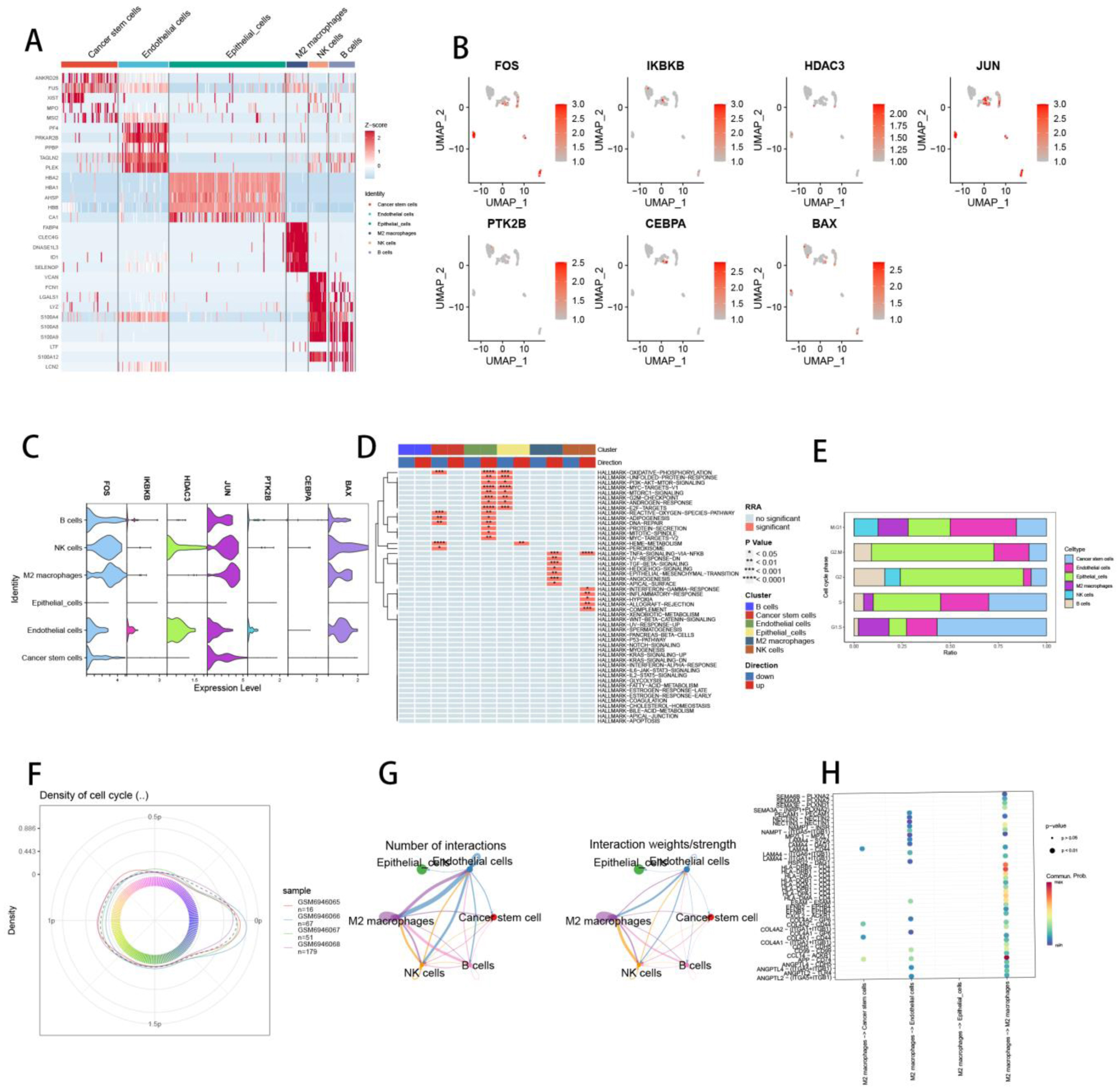
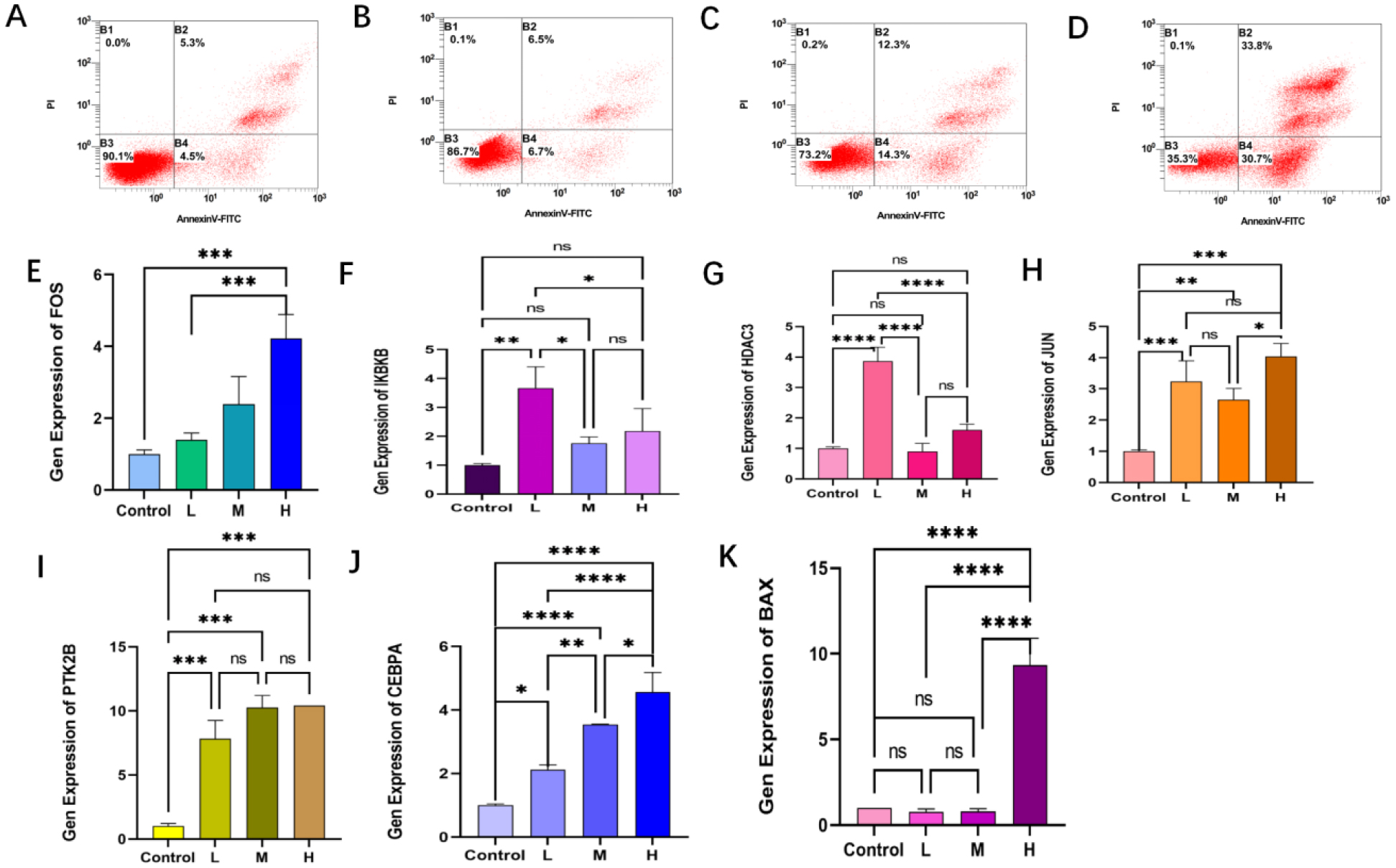
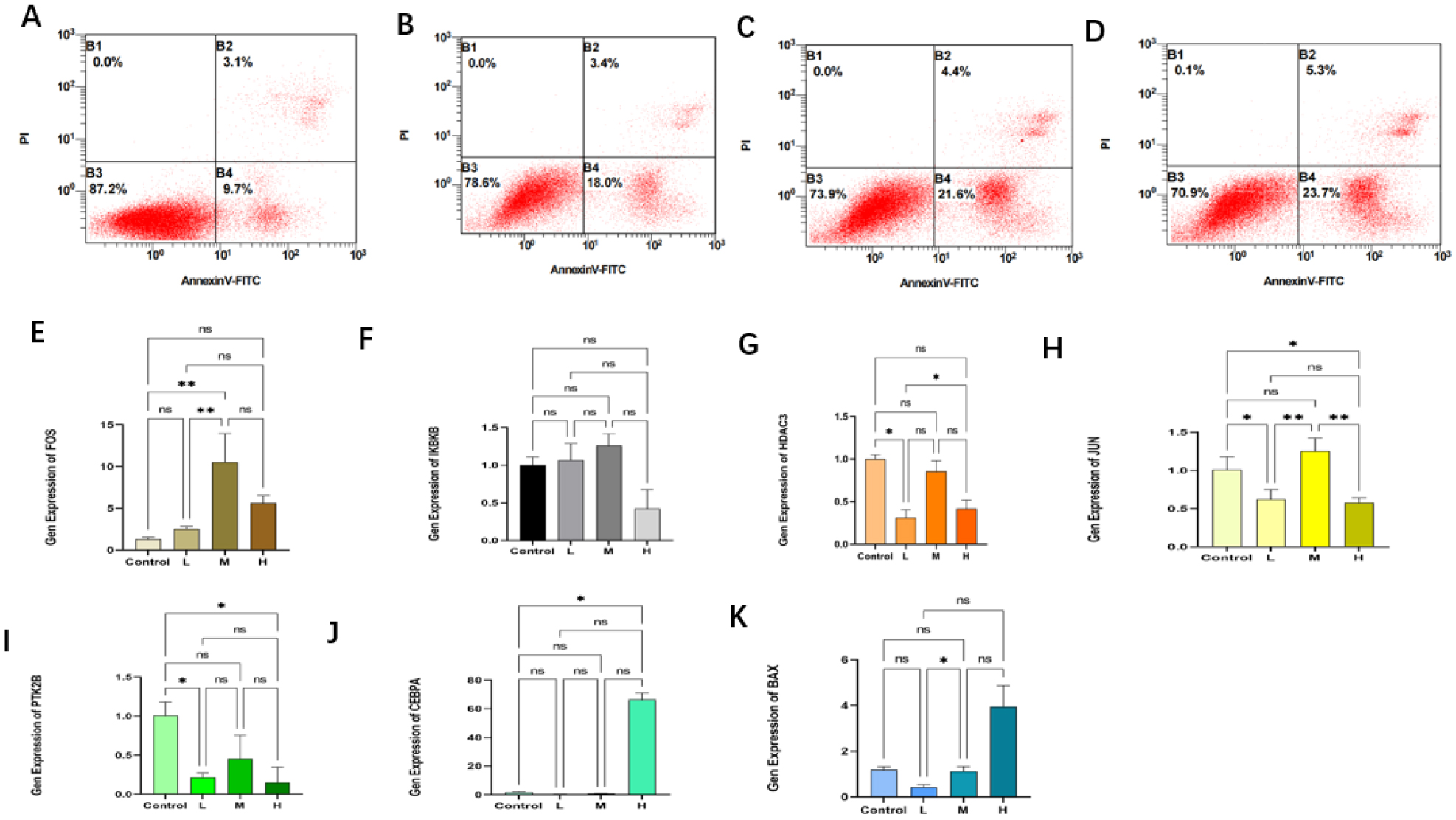


 DownLoad:
DownLoad: